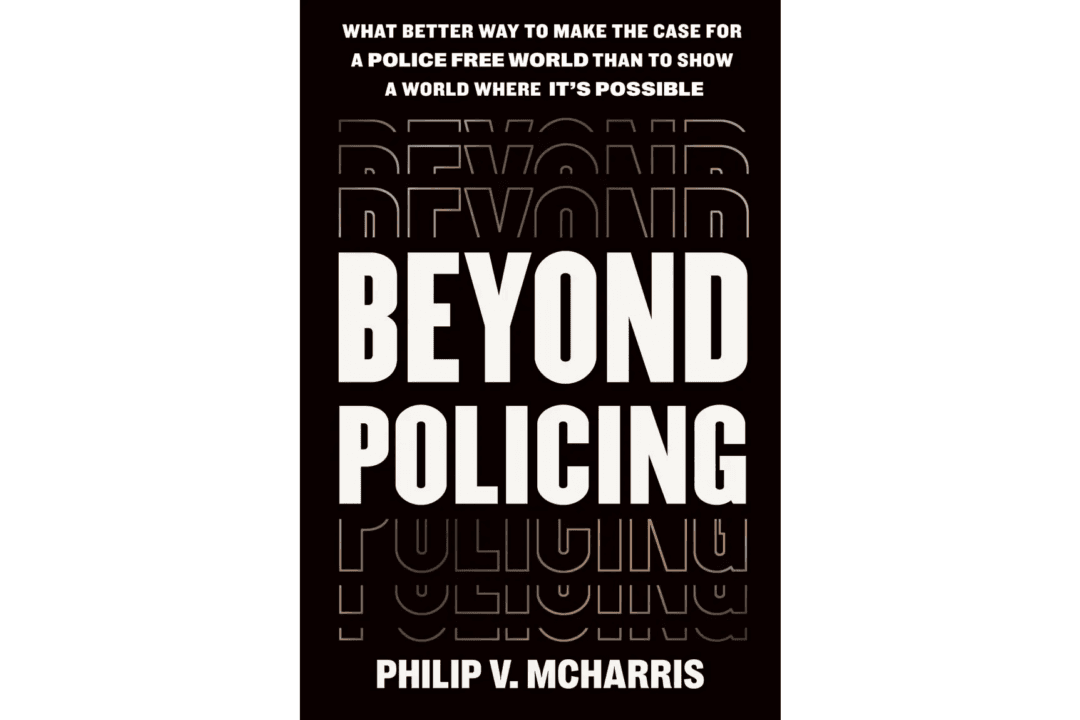It’s a daunting task to write about improving our country’s present-day system of policing. Philip V. McHarris takes on this subject in his book, “Beyond Policing.”
An assistant professor at the Frederick Douglas Institute and Department of Black Studies at the University of Rochester, McHarris dives deeply into the history of policing over the centuries. He reports on the troubling relationship between the police and some of the communities they serve, and looks at innovative community programs providing new solutions in a few cities across the United States.





